What is a facility dashboard
A facilities dashboard is an online dashboard for facilities companies or facility services. A dashboard is actually a collection of KPIs or key performance indicators with which the performance of your organization, teams or departments can be measured. A facility dashboard can be divided into two parts. The first for an organization, such as a hospital, municipality or school group. These organizations generally have one or more facility themes or several suppliers. These can be both internal and external parties. In addition, the facilities dashboard can also apply to, for example, a hospital that monitors certain matters itself. In this case, they fill in the KPIs themselves, which are then monitored by an intermediary in the form of quality measurements. Suppliers can also provide these, such as SROI percentages achieved, for example. With a facility dashboard, all types of cleaning companies, large or small, can digitize their daily activities and easily show their performance (both good and points for improvement). .
So what makes a dashboard a dashboard?
1. You have direct insight at the macro level and can zoom to the micro level to view the results of KPIs and reports. There is reasoning behind every figure. For example, a report or detailed information about a report.
2. You collect all possible contract data, even if it involves several different suppliers. So you can make decisions in the future using that data.
3. You can easily extend it to other facility contracts.
The dashboard can provide insight into various things. Consider, for example, the agreements made with suppliers and how they relate. But also how many notifications and actions have been set. This can be done in GRIP as well as in an IWMS system. In addition, it is possible to monitor whether these actions have been resolved within the desired time. You can also see how the finances are doing. How much expenditure has been incurred and how this relates to the existing budget. You can even see what the division is in these activities. Incidentally, you can decide for yourself which data can be viewed by whom.
Work in one dashboard and connect your suppliers to it
Every facility manager has to deal with different suppliers, such as a cleaning company, catering or a supplier for drinks vending machines. For this you have to draw up contracts and ensure that they are maintained and do not end up in the archive drawer. Get to work proactively with these contracts and convert the available data from the contract and let it contribute to the assessment of a supplier. Most suppliers have their own dashboard and for an overview of their activities you can get login codes for their systems, but then you cannot do anything with those reports because you cannot connect those reports and therefore the data. Moreover, logging in to different dashboards is inconvenient and you no longer have access to the data after the contract period. Therefore, make sure you use one dashboard and connect suppliers to it. So that suppliers can continue to work with their own software, making it easier for everyone.
Digital management of contract data
When you manage contract data digitally, this information is immediately visible. But digital contract management encompasses more than just digitally storing the contracts you conclude. You save the contracts, but you can also save the data of the suppliers, create risk lists, reports and reports. You can create files of all the data you collect. All contract documents are collected in these files and all actions are set out. This way you work with users, including your suppliers, in the cloud. Users can also access these files, but you decide who gets access and to which folder.
Easy insight into progress
With the facility dashboard you can receive and display data that allows you to optimize contract management, among other things. Suppliers can automatically supply their data by means of an API. API is a gateway to GRIP through which a supplier can easily supply data without requiring human actions. So saves time. The client nevertheless collects all the necessary data. Everyone can therefore work better and more efficiently with real-time data transfer. Data from different sources comes together in this way, creating a simple and transparent overview of all suppliers. Incidentally, all suppliers who use the GRIP facility dashboard can also continue to use their own systems. Grip’s facility dashboard gives you insight into the progress of the pre-agreed int

